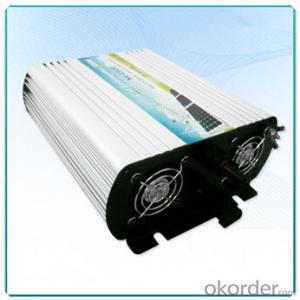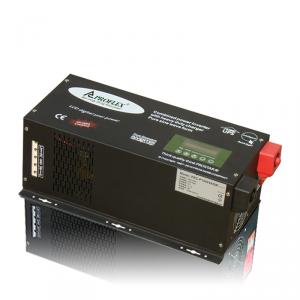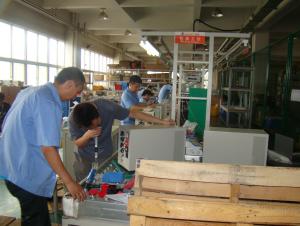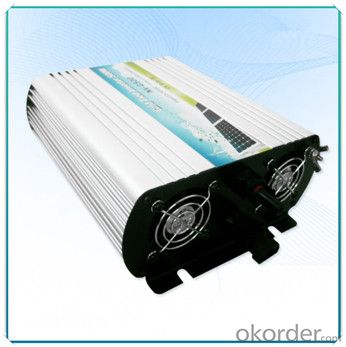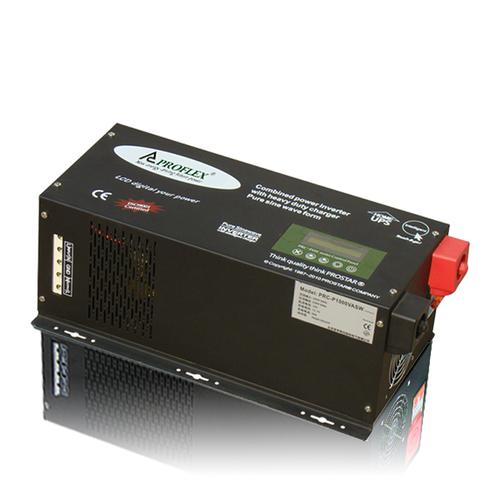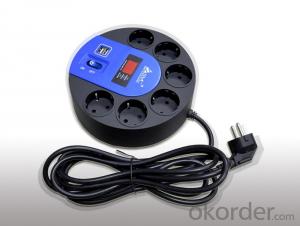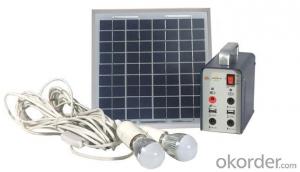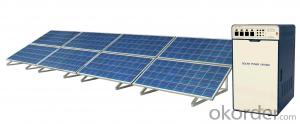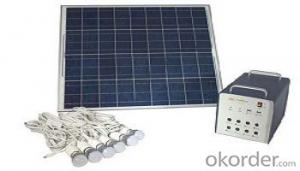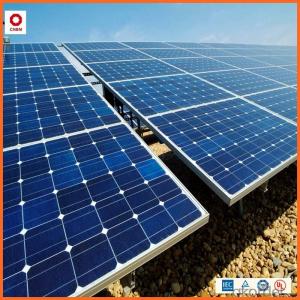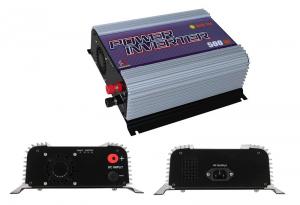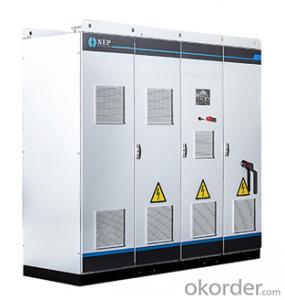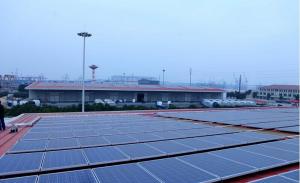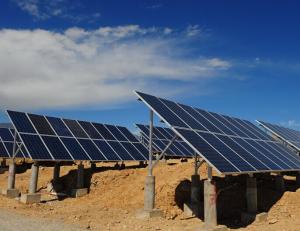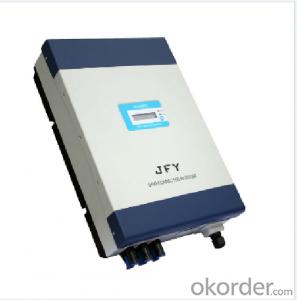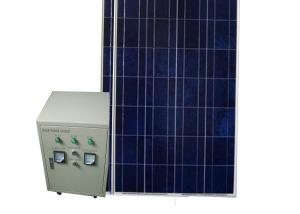500W Grid-Tied Solar Energy System Power Inverter
- Loading Port:
- Tianjin
- Payment Terms:
- TT OR LC
- Min Order Qty:
- 100 pc
- Supply Capability:
- 10000 pc/month
OKorder Service Pledge
OKorder Financial Service
You Might Also Like
Specification
Specifications
DC input:10.8~28VDC
AC output:120/230VAC
output power:500w
socket:Universal,USA,Australia,U.K,France,Germany etc
Type | Solar On-grid | Wind On-grid | ||||
Rated Power | 300W | 500W | 1000W | 300W | 500W | 1000W |
Maximum input current ( DC ) | 350W | 550W | 1200W | 400W | 600W | 1200W |
DC Maximum Input | 12.5A | 21A | 42A | 12.5A | 21A | 42A |
DC Maximum Voltage | 30V | 32V | ||||
DC Voltage Range | 15V~30V | 23V~32V | ||||
Input Connection | MC4 Connectors or DC Terminals | |||||
Maximum Output Power Factor | 99% | |||||
Anti-voltage Protection | Fuse | |||||
Output Short -circuit Protection | Current Limiting | |||||
AC Standard Voltage Range | 90V-140 VAC / 180~260VAC | |||||
AC Frequency Range | 55Hz~63Hz / 45Hz~53Hz | |||||
Output Current Total Harmonic Distortion | THDIAC < 5% | |||||
Phase Error | < 1% | |||||
Islanding Protection | VAC; f AC | |||||
Ambient Temperature Range | -25 °C ~ 60°C | |||||
Humidity | 0~99% ( Indoor Design ) | |||||
Waterproof | Indoor Design | |||||
Cooling Way | Cooling Fan | |||||
Electromagnetic Compatibility | EN50081.part1 EN50082.part1 | |||||
Power System Disturbance | EN61000-3-2 EN62109 | |||||
Network test | DIN VDE 1026 | |||||
Product Size | 22*17.5*8cm | |||||
QTY/Ctn | 10Pcs | |||||
Carton Size /Weight | 66.5*35.8*49cm , 22Kgs | |||||
(1) High converting efficiency higher than 97%
(2) Built-in MPPT tracker is equipped in the power inverter to optimize the power transformation
(3) Reversed current protection for preventing equipment damage
(4) Automatic battery temperature compensation for long-term reliability
(5) The solar charge controller is suitable for various types of batteries for the different charging modes
(6) Capable of connecting additional DC load for wider applications
(7) Three stage charge control system (bulk, absorption, and float mode) with temperature compensation
(8) LED indicators display charge status in real time
(9) Pulse Width Modulation (PWM) topology combined with a multi-stage charge control algorithm leads to superior charging and enhanced battery performance
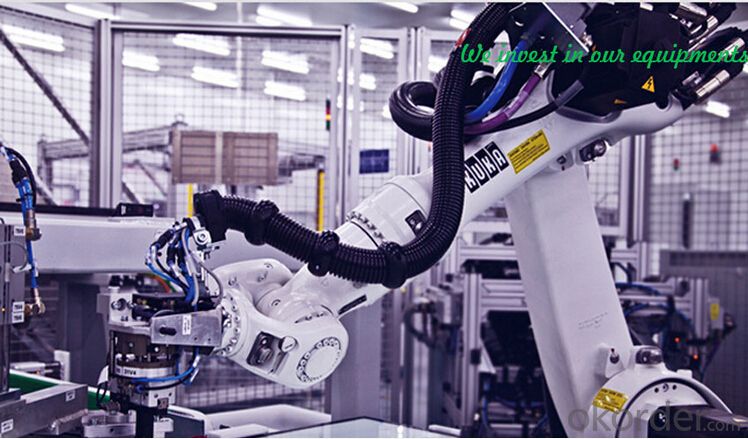
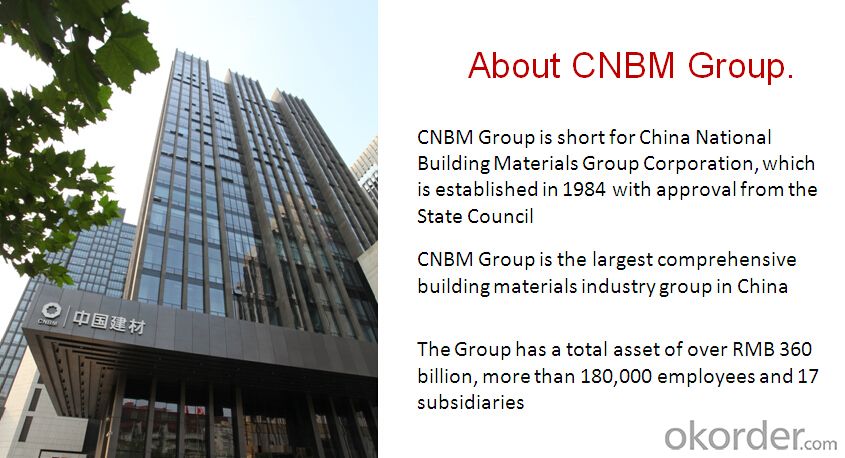
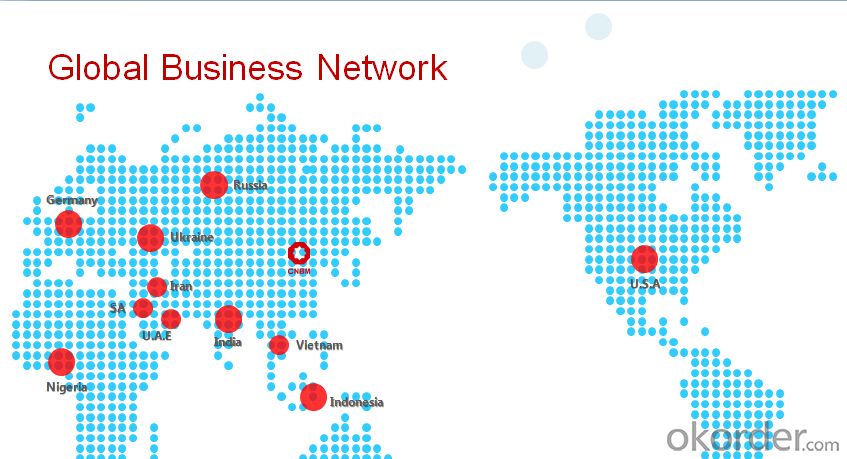
Q 1. what's the payment term?
A. We accept TT,30% deposit and 70% balance agaisnt copy of BL
Q 2. how's the delivery time ?
A. usually it will take about 25 days for production
Q 3. tell me the standard of package?
A. For the small capacity, it use carton, but for big capacity, we should use strong wooden case for protection.
Q 4. what kind of material of transformer?
A. we have two types, one 100% copper and the other is copper with aluminum.It depends on your requirment. In fact,those two have no difference if normal work well. Only except the longlife. Copper is better and also higer price.
- Q: What is the impact of solar energy systems on reducing energy poverty?
- Solar energy systems have a significant impact on reducing energy poverty by providing clean, affordable, and reliable electricity to communities that lack access to traditional energy sources. These systems can empower individuals and communities to meet their basic energy needs, such as lighting, cooking, and powering small appliances, thereby improving their quality of life. Additionally, solar energy systems can contribute to economic development by creating job opportunities in the renewable energy sector, promoting local entrepreneurship, and reducing dependence on expensive fossil fuel imports. Overall, solar energy systems play a crucial role in alleviating energy poverty and promoting sustainable development.
- Q: Can solar energy systems be used for powering security cameras?
- Yes, solar energy systems can be used to power security cameras. Solar panels can be installed to capture sunlight and convert it into electricity, which can then be used to power security cameras and other surveillance equipment. This provides a sustainable and cost-effective solution for remote or off-grid locations where traditional power sources may be unavailable or expensive to connect. Additionally, solar-powered security cameras can operate independently and are not affected by power outages, making them a reliable option for continuous surveillance.
- Q: Do solar energy systems require a lot of maintenance?
- No, solar energy systems generally require very little maintenance.
- Q: Are there any noise or vibration issues with solar energy systems?
- No, noise and vibration issues are minimal with solar energy systems as they have no moving parts.
- Q: How do solar energy systems impact job training and skill development?
- Solar energy systems have a significant impact on job training and skill development by creating new employment opportunities and fostering the need for specialized skills. The installation, maintenance, and operation of solar panels require trained professionals, leading to the growth of jobs in the renewable energy sector. Moreover, the increasing demand for solar energy systems has prompted the development of training programs and educational resources, enabling individuals to acquire the necessary skills and expertise. Consequently, solar energy systems play a crucial role in enhancing job training and skill development, contributing to the growth of a sustainable and green workforce.
- Q: Can solar energy systems be used for indoor lighting?
- Yes, solar energy systems can be used for indoor lighting. Solar panels can be installed on rooftops or in outdoor areas to capture sunlight, which is then converted into electricity and stored in batteries. This stored energy can be used to power lights indoors, providing a sustainable and cost-effective lighting solution.
- Q: Is it possible to sell excess electricity generated by a solar energy system?
- Yes, it is possible to sell excess electricity generated by a solar energy system.
- Q: Are there any aesthetic considerations when installing a solar energy system?
- Yes, there are aesthetic considerations when installing a solar energy system. These include the visual impact of the system on the building or landscape, the placement and orientation of solar panels to maximize efficiency and minimize visibility, and the integration of the system with the existing architectural design.
- Q: How do solar energy systems store excess energy?
- Solar energy systems store excess energy by using batteries or a process called net metering. With batteries, the excess energy generated by the solar panels is stored in these batteries for later use when the panels are not producing enough energy, such as during the night or on cloudy days. Net metering, on the other hand, allows the excess energy to be fed back into the grid, where it is credited to the owner's account. This excess energy can then be used at a later time when the solar panels are not producing enough power.
- Q: What is a solar thermal system?
- A solar thermal system is a technology that harnesses the energy from the sun to heat water or other fluids for various applications, such as domestic hot water, space heating, or even electricity generation. It typically consists of solar collectors, a heat transfer medium, and storage tanks, allowing for the conversion of sunlight into usable thermal energy.
Send your message to us
500W Grid-Tied Solar Energy System Power Inverter
- Loading Port:
- Tianjin
- Payment Terms:
- TT OR LC
- Min Order Qty:
- 100 pc
- Supply Capability:
- 10000 pc/month
OKorder Service Pledge
OKorder Financial Service
Similar products
Hot products
Hot Searches
Related keywords
